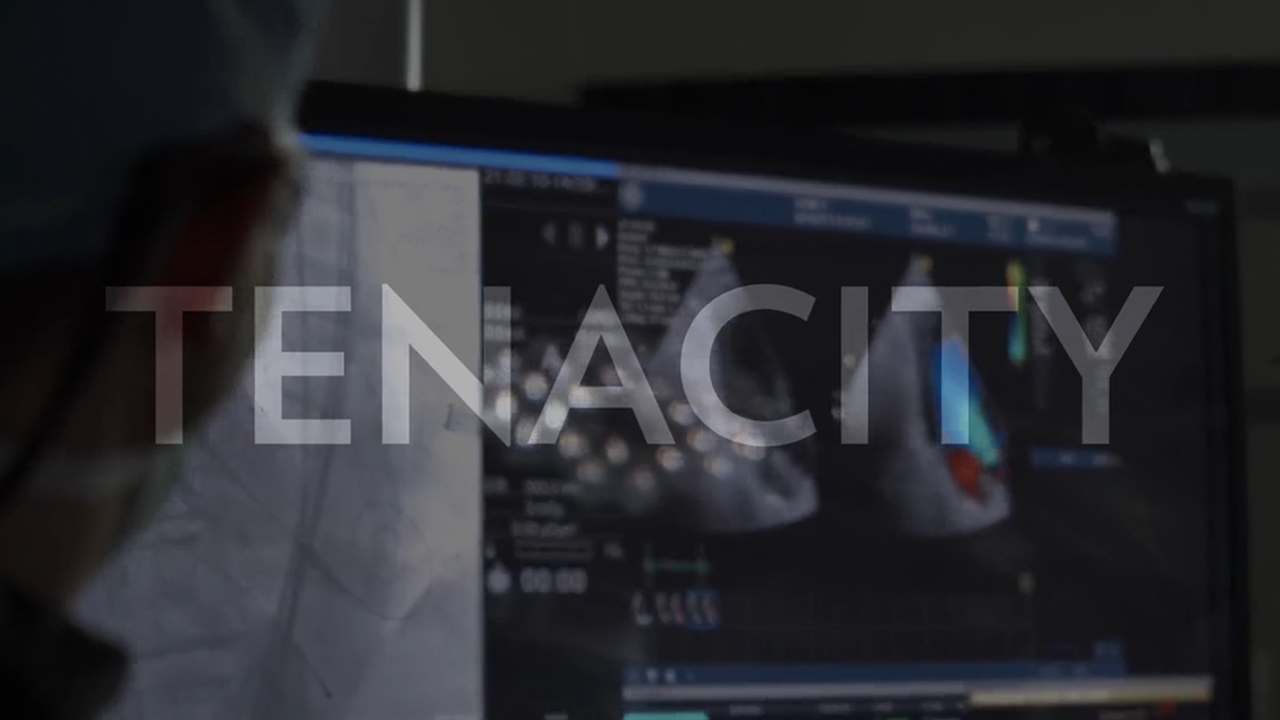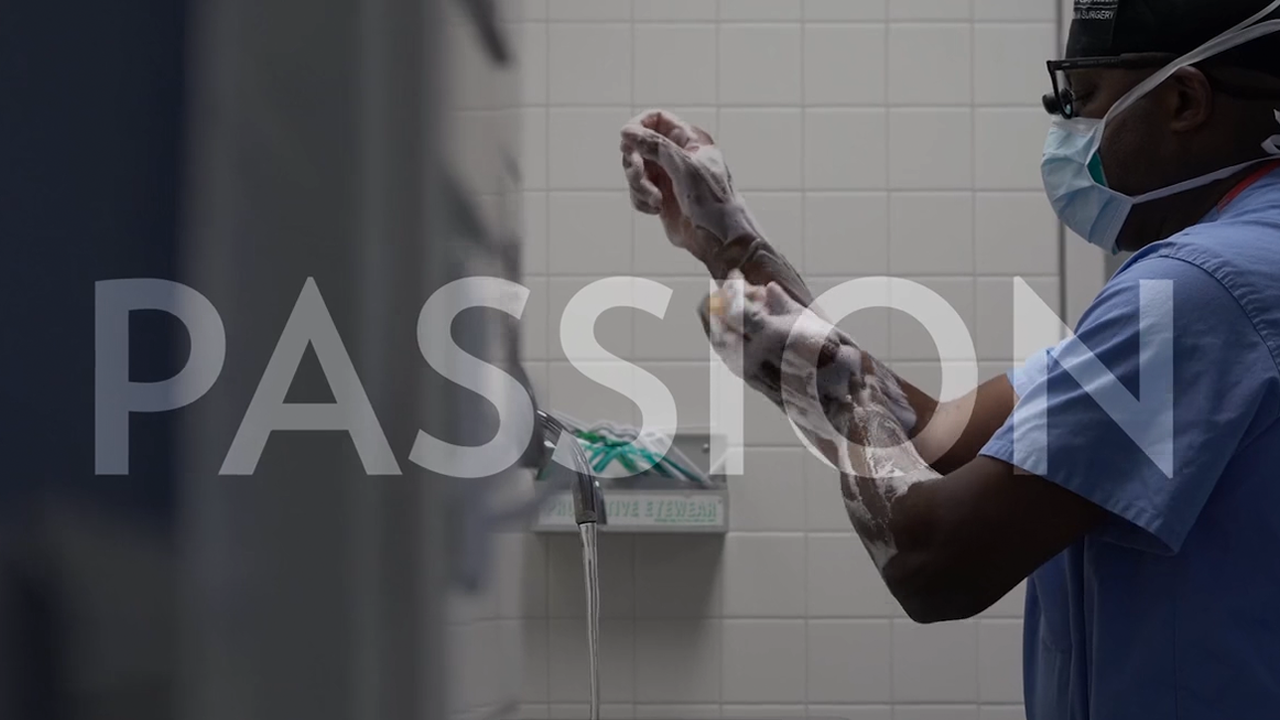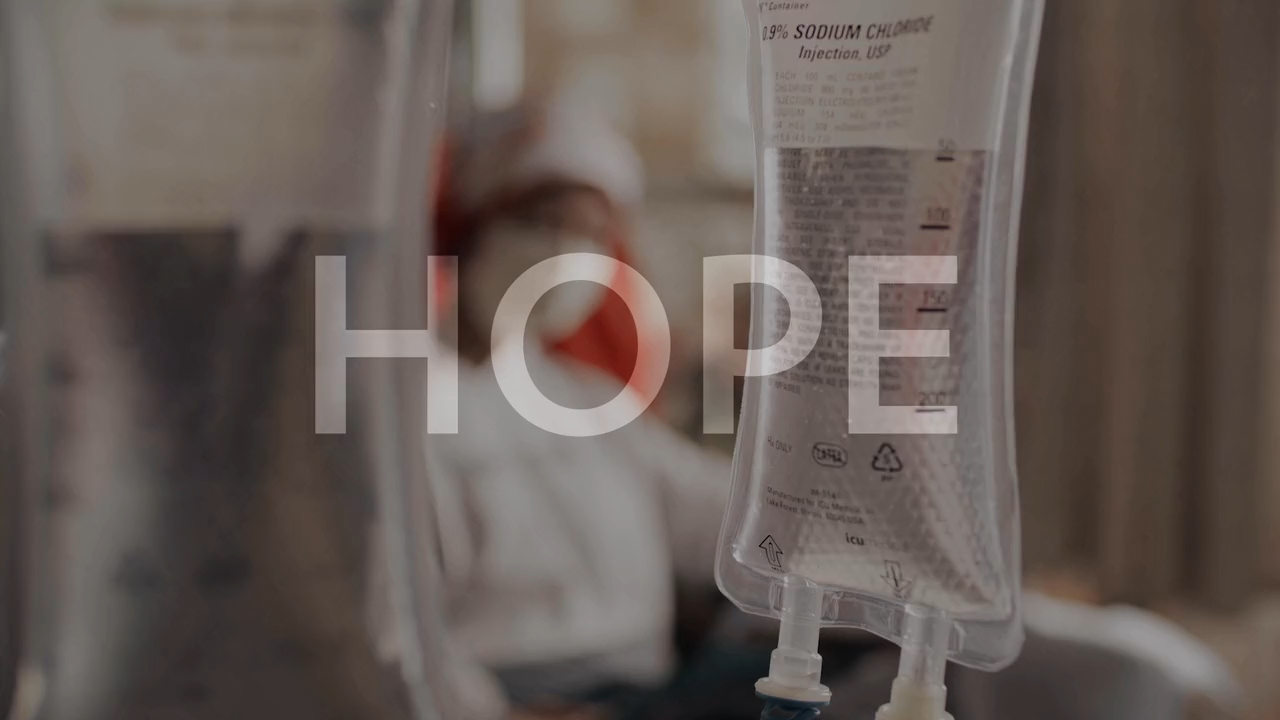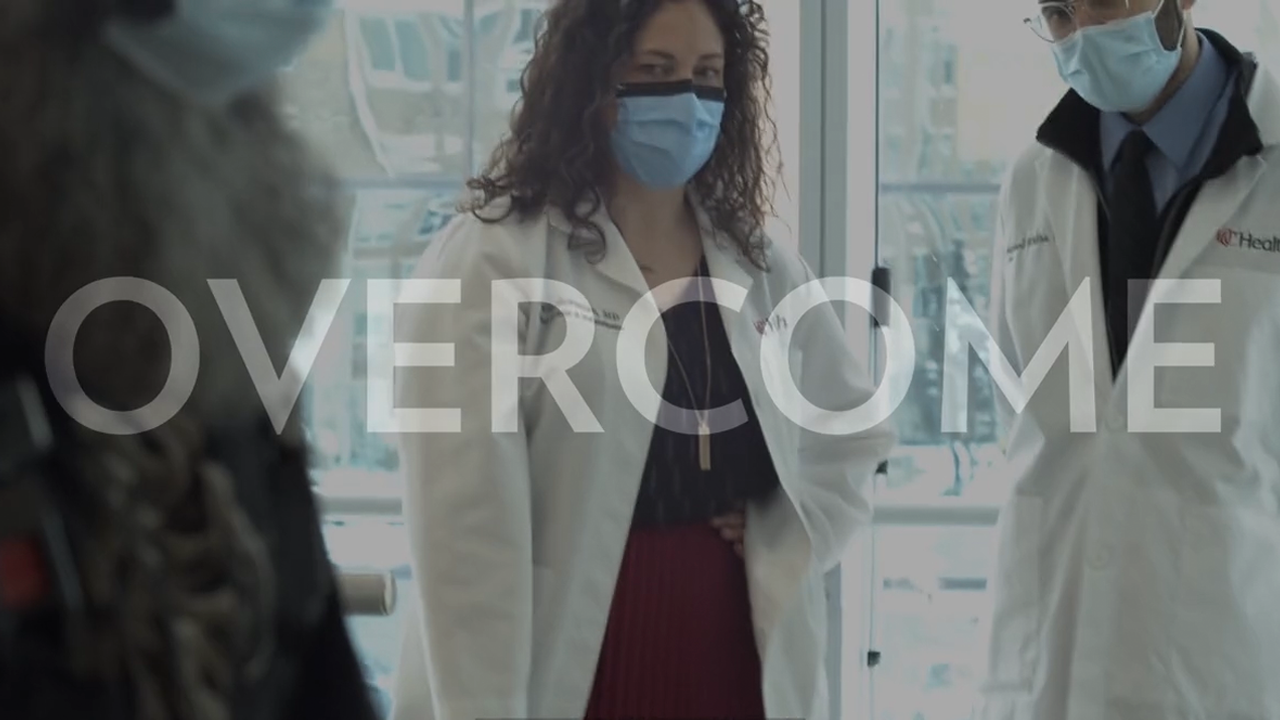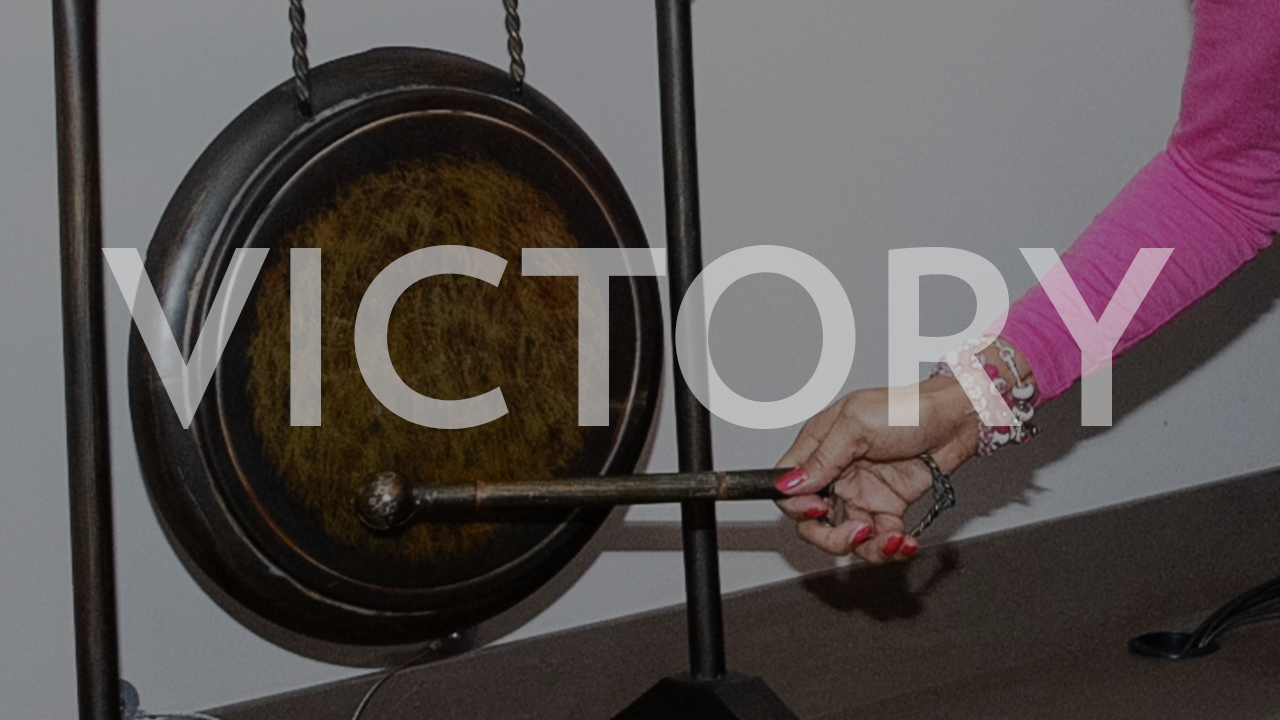OVERCOME
(ō-vər-ˈkəm) – conquer, defeat, prevail
Mission Moment: Her Drive to Serve Others Saved Her Own Life
Ginny Wiltse has dedicated her life to serving others. Her nonprofit work focuses on helping the people of Madagascar overcome struggles with poverty. The island nation is one of the poorest on Earth with few resources for education and medical care.
In 2014, Ginny received devastating news that threatened her mission work. She was diagnosed with an aggressive form of tongue cancer. It would eventually spread to her head and neck.
Radiation treatments would not keep the cancer at bay. The prognosis was grim. With treatment options growing increasingly limited, Ginny was referred to the University of Cincinnati Cancer Center.
As the wife of a physician, Ginny has a deep appreciation for medical science. When the UC Cancer Center invited her to participate in a clinical trial of an investigational treatment, she agreed.
“The idea that something that had afflicted me, a treatment that might be useful or helpful to others, this was very exciting to me,” Ginny says. “It made joining a clinical trial not just about me, but about the possibility of helping someone down the road.”
The journey was difficult. Ginny was in pain and lost weight. But through it all, the people of Madagascar never left her heart. She continued to raise money to improve their lives.
More importantly, she never missed her annual trip to visit the nation she was so passionate about helping.
“Getting to Madagascar every year and being able to continue the work that I love was therapeutic,” Ginny says. “The UC Health team helped me do that and tailored my treatments so that I could make my yearly service trip.”
As fiercely as Ginny had been fighting for improved medical care for the people of Madagascar, her UC Health team was advocating behind the scenes for her ongoing treatment.
“We encountered multiple insurance approval obstacles and delays,” Ginny says. “My UC Health doctors went out of their way to advocate on my behalf, and they were successful in getting my treatments approved. I had complete faith in the recommendations the team made to me.”
Through hope and determination, Ginny’s health gradually improved. She made a stunning recovery because of her clinical trial. Her cancer is now in remission.
“I felt like my life was being taken over by the response to cancer,” Ginny says. “My husband and my medical team encouraged me to persist in the various therapies.”
Ginny’s advice to others to overcome worry is to stay focused on bigger things. ““Have a goal that’s bigger than you. If you can keep the focus off of yourself, you can do a lot,” Ginny says.
Second Opinion: The Life-Changing MRI that Restored His Vitality
“How much time do I have left?”
It was Christmas Eve when Randall Cody learned a biopsy came back positive for prostate cancer. The diagnosis was years in the making.
All the biopsies before this one kept coming back negative, but regular blood tests during Randall’s annual physicals showed that his prostate-specific antigen (PSA) levels were steadily rising.
PSA is a protein that can reveal early signs of prostate cancer. A healthy PSA is typically below 4. Randall’s was now at 11.
Randall was told his only options were radiation or removal of the prostate. Both options carry side effects that he wanted to avoid.
He sought two promising treatments outside the U.S. There were signs of progress until his PSA levels started rising again. He decided to move forward with the prostate removal surgery that he hoped to avoid.
“I felt completely overwhelmed when I was informed that my biopsy came back positive and that I did indeed have cancer,” Randall says.
The cancer was also starting to have physical impacts on Randall’s health. He was easily exhausted. Even mowing the lawn would drain all his energy.
Randall was referred to UC Health for pre-surgery planning, including an MRI. The news he received was not what he expected.
“After my MRI, I got a call from Dr. Verma at UC Health — she told me to cancel the prostatectomy and not to worry,” Randall says. “She’s a world-renowned radiologist and I trusted her option. She told me I had other options, and that put me at ease.”
Sadhna Verma, MD, is a UC Health radiologist and professor in the Department of Radiology at the UC College of Medicine. Dr. Verma is a member of the UC Cancer Center, UC Genitourinary Cancer Center and UC Multidisciplinary Prostate Cancer Clinic.
Dr. Verma discovered that Randall’s cancer was isolated to a rather elusive area of the prostate. She referred Randall to Abhinav Sidana, MD, assistant professor in the Department of Surgery at the UC College of Medicine and director of Urologic Oncology at UC Health.
Dr. Sidana is pioneering new approaches to prostate cancer that do not require complete prostate removal. Randall was a candidate for a newer treatment called focal cryotherapy with MRI guidance. It is an extremely precise approach that freezes cancerous cells to destroy them while sparing healthy tissue.
“Dr. Sidana explained my options and what he thought would work best for my situation,” Randall says. “This was an extreme burden off my shoulders.”
Six days after Dr. Sidana performed the procedure, Randall’s energy was returning. He and his wife took vacationing in Hawaii. They had been planning the trip for a long time and were thrilled they didn’t have to cancel.
“I felt like I was finally back to normal,” Randall says. “We went hiking, climbing mountains, surfing — having fun.”
In 2018, Randall’s PSA number was 18; now it falls between 4-5, which is a healthy score for a naturally enlarged prostate.
“Finding out it appeared I was cancer-free was a big day of celebration for me and my family,” Randall says.
“Mr. Cody was one of my first patients to have this procedure, and I’m grateful he had enough faith in someone like myself, telling him about a new treatment which I had just started offering, but I was confident it would help — and he believed in me,” said Dr. Sidana.
